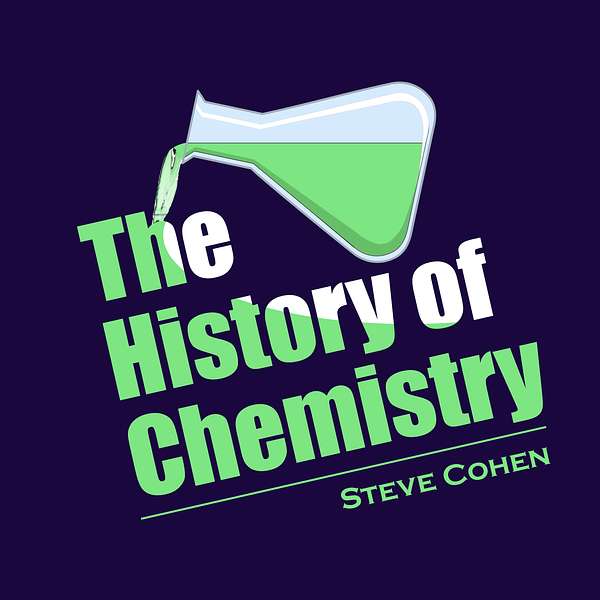
The History of Chemistry
Chemistry is everywhere, and involves everything. But how did chemistry get to be what it is? I'm Steve Cohen, a chemist and writer, bringing you The History of Chemistry. This podcast explores the development of chemistry from prehistoric times to the present, including the people and societies who made chemistry what it is today. The History of Chemistry is for you, whether you hated chemistry in high school, or got a PhD in inorganic chemistry. We'll explore how chemistry affected art, music, language, politics and vice-versa. Whether it's ancient Greek philosophers, medieval alchemists, or modern laboratory apparatus, it's all here. Don't forget to support my series at https://www.patreon.com/thehistoryofchemistry !
The History of Chemistry
114: We Can Work It Out
•
Steve Cohen
•
Episode 114
Here we talk of the first real molecular machines of the 1990s, and the chemistry advances required to invent them. We define what such a machine is, and reach back into organic chemistry of the 1940s and 1950s for "conformational analysis." We recall the Bell Labs chemists Harry Frisch and Edel Wasserman, and their foundation of chemical topology. Gottfried Schill, Arthur Lüttringhaus, plus Ian and Shuyen Harrison, synthesized interesting mechanical compounds. Through the 1970s and 1980s, chemists continued to advance molecular components of machines, and by the 1990s, the first true molecular machines (aside from existing biomolecules) were created.
- Support my podcast at https://www.patreon.com/thehistoryofchemistry
- Tell me how your life relates to chemistry! E-mail me at steve@historyofchem.com
- Get my book, O Mg! How Chemistry Came to Be, from World Scientific Publishing, https://www.worldscientific.com/worldscibooks/10.1142/12670#t=aboutBook